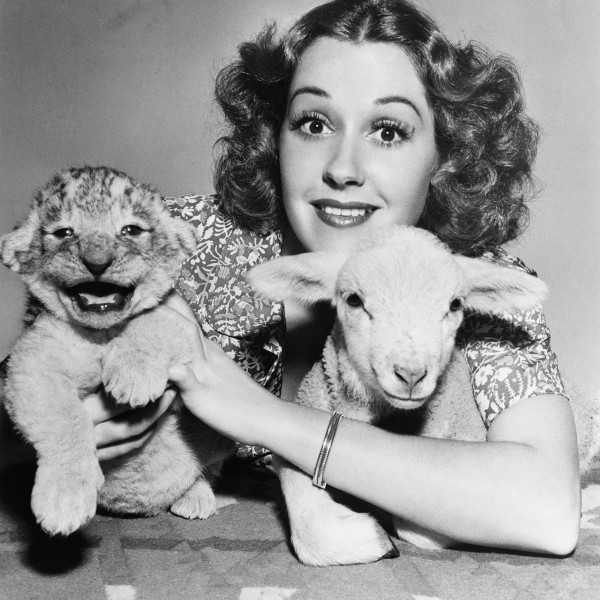Of Lions, Lambs, and Humans
 Reading Time: 1 minute
Reading Time: 1 minuteAs the idiom goes, “March comes in like a lion and goes out like a lamb.”
What does that have to do with business (other than choice of attire)?
Animal behavior, like human behavior, can be very predictable at times but, when faced with threats or stressful situations, we can often lapse into animal mode and let out a random “roar” or revert to lamby-pampy habits.
Who is the lion? According to one of the many online sources, “Females do 85 to 90 percent of the pride’s hunting, while the males patrol the territory and protect the pride…When resting, lions seem to enjoy good fellowship with lots of touching, head rubbing, licking and purring. But when it comes to food, each lion looks out for itself. Squabbling and fighting are common, with adult males usually eating first, followed by the females and then the cubs.”
And the lamb? Sheep/lambs are smarter and more complex than anyone really gives them credit for. And tougher too. They like to flock and they are very social, according to this guide to raising them. Their following behavior can get them in trouble, though. Some of them die when following the wrong leader. Here are more great sheep facts. Rams (male sheep) apparently don’t make great pets. They are prone to head-butting.
As I head into March, I’m not sure I want to go in like a lion (or a lioness for that matter) and I’ve never been much of a sheep. But I know that, like my animal buddies, I sometimes react from instinct rather than analysis.
Great leadership and community-building come from both.
So off to do some hunting (business development) today, followed by head rubbing and purring. And I’ll throw in some flocking too (hanging out with friends and drinking), just for good measure!

